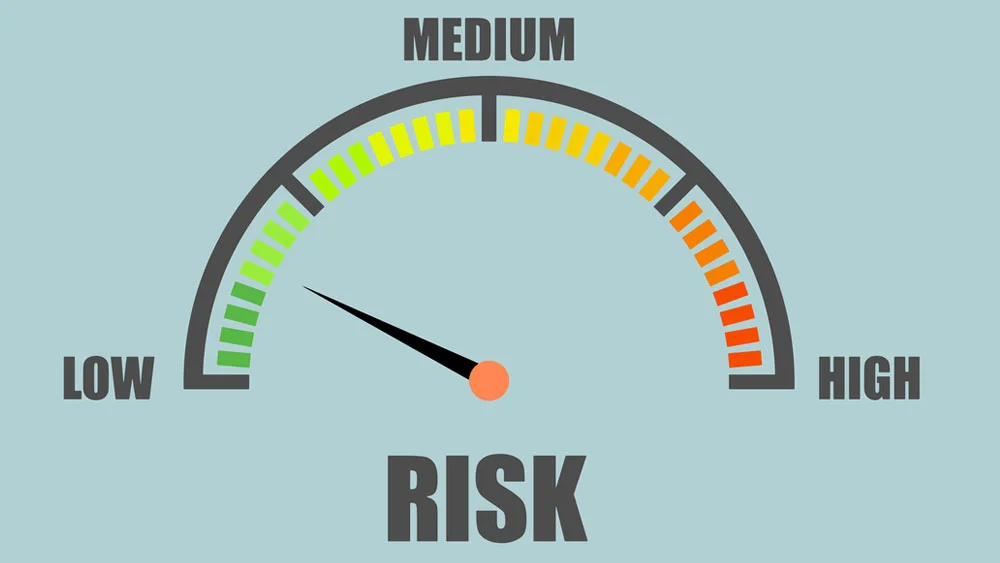Ensuring sustainable growth is a key priority for many organizations. As markets evolve, so do the challenges that companies face. Businesses that aspire to succeed in the long run must create comprehensive plans to anticipate challenges and uncertainty. A well-developed plan not only safeguards the company’s current operations but also aligns with its long-term growth objectives. So, how can businesses build a strong strategy that fosters sustainable growth?
Before starting the planning process, it’s important to understand strategic risk management. Strategic risks refer to potential challenges or threats that can prevent a business from achieving its objectives. These threats may arise from a variety of internal and external sources, including modifications in the dynamics of the market, advances in technology, alterations in regulations, and pressure from competitors. These challenges have a long-term impact. They can affect a company’s positioning in the market, its competitive edge, or even its reputation. Businesses need to not only identify them but also manage them effectively to secure sustainable growth.
Why Is Strategic Planning Important for Growth?
Contents
A business that aims for growth must be agile and forward-thinking. Proper planning helps companies anticipate and mitigate issues that could hinder expansion. By identifying potential obstacles early, businesses can pivot their strategies, seize opportunities, and ensure that they stay on track with their growth objectives.
But here’s the key question: can businesses truly avoid risk altogether? The answer is no. Risk is an inevitable part of any growth strategy. However, with a strong risk management plan, companies can mitigate its impact and make informed decisions that foster resilience and growth.
Components of a Strong Strategic Plan
Businesses must concentrate on essential elements that handle the many facets of strategic risk in order to create an efficient risk management plan. These components work together to create a robust framework for sustainable growth.
Risk Identification
The first step in managing strategic risk is identifying potential threats. This involves scanning the external environment for trends, analyzing competitors, understanding regulatory changes, and recognizing internal weaknesses. It’s essential to adopt a broad perspective and consider threats across all areas of the business. Common threats include market disruption, technological obsolescence, changes in consumer preferences, and new regulations. By proactively identifying these risks, companies can prepare to tackle them before they evolve into more significant challenges.
Risk Assessment

Assessing a prospective risk’s possibility and effect comes next after it has been discovered. Not all risks are created equal—some may pose only minor threats, while others could jeopardize the entire business model. Businesses may focus their attention on the most important risks and prioritize their activities by carrying out a thorough risk assessment. In this stage, each risk’s likelihood of occurring is assessed, and the possible harm it may do is estimated. Companies may use tools like risk matrices, scenario planning, and SWOT analysis to drive decision-making and determine the severity of each risk.
Risk Mitigation Strategies
After identifying and assessing risks, businesses need to develop strategies to mitigate them. The process of taking steps to lessen the possibility or impact of certain risks is known as risk mitigation. Mitigation techniques might include changing company structures, investing in new technology, fortifying alliances, or diversifying revenue streams, depending on the type of risk.
For example, if a company identifies that technological advancements could disrupt its operations, it may choose to invest in research and development to stay ahead of industry trends. Similarly, if regulatory changes pose a risk, the company may engage in advocacy efforts or develop contingency plans to adapt to new laws.
Monitoring and Review

The business environment is constantly evolving, which means that potential threats can change over time. A strategic plan is not a one-time effort—it requires continuous monitoring and review. Businesses should regularly assess their landscape and make adjustments as needed to stay aligned with their growth objectives.
By closely monitoring new threats, businesses may take quick action and remain ahead of the curve. Regular review sessions also provide opportunities to refine risk management strategies, improve processes, and learn from past experiences.
Communication and Culture
Strategic planning should not be confined to the leadership team—it needs to be embedded into the organization’s culture. Employees at all levels take an active role in seeing and resolving any hazards when they recognize the value of planning. Clear communication of risk management strategies and objectives is key. Leadership must ensure that the entire workforce is aware of the company’s approach to risk and how it aligns with its overall goals for growth. Encouraging a culture of risk awareness fosters greater resilience and strengthens the organization’s ability to navigate challenges.
Leveraging Technology in Risk Management
The development of cutting-edge technology has given companies access to strong instruments that can improve their risk management initiatives. From artificial intelligence (AI) to data analytics, technology can provide insights that help companies identify risks earlier and respond more effectively.
Artificial intelligence (AI)-driven risk modeling systems, for example, are able to evaluate large volumes of data and forecast possible dangers by looking at trends and past patterns. Businesses are able to take a more proactive approach to risk management with this degree of research. Additionally, real-time monitoring systems can alert companies to emerging threats, allowing for immediate action to mitigate damage.
Balancing Risk and Opportunity
One of the key challenges in this management is balancing risk with opportunity. While it’s important to mitigate risks, businesses must also be willing to take calculated risks to seize opportunities. Taking risks is frequently necessary for growth, and businesses that are too cautious about risk might lose out on important opportunities. Thus, how can companies find the ideal balance? The answer lies in informed decision-making. By thoroughly analyzing these challenges and opportunities, companies can make smart choices that minimize adverse outcomes while capitalizing on new ventures.
The Role of Professional Services
In some cases, businesses may lack the internal expertise or resources to manage strategic risks effectively. This is where professional services come in. Consulting firms specializing in risk management may provide invaluable perspectives, direction, and assistance to businesses in navigating intricate risk environments.
These services often include risk assessments, scenario planning, and the development of tailored risk management frameworks. By partnering with experts, businesses can strengthen their risk management capabilities and focus on what matters most—achieving sustainable growth.
Businesses cannot afford to overlook strategic risk management in the pursuit of sustainable growth. Long-term success depends on having a thorough risk management plan that addresses risk identification, assessment, mitigation, and continual monitoring. Through the strategic integration of technology, organizations may effectively negotiate obstacles, capitalize on favorable circumstances, and establish a strong position in the market.





